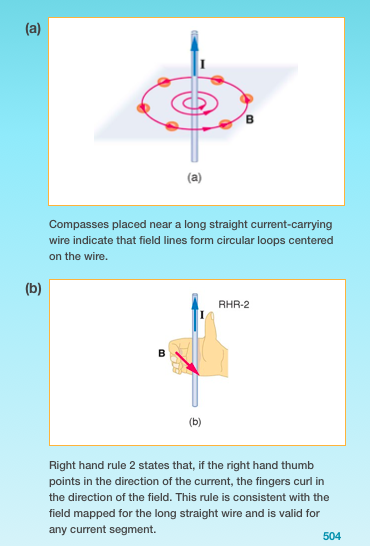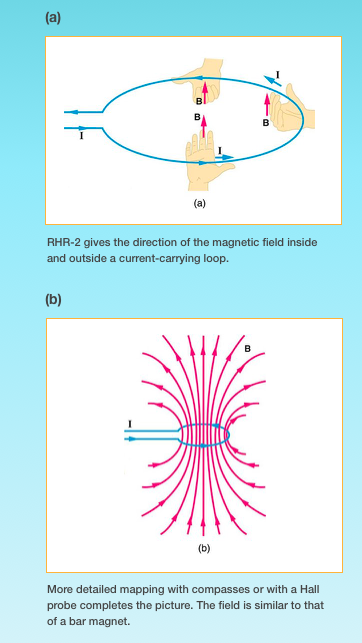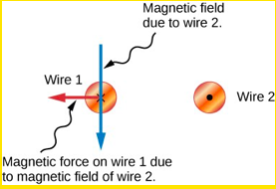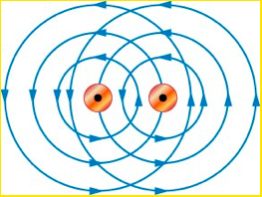/groups/physics/search/index.rss?tag=hotlist/groups/physics/search/?tag=hotWhat’s HotHotListHot!?tag=hot0/groups/physics/sidebar/HotListNo items tagged with hot.hot/groups/physics/search/index.rss?sort=modifiedDate&kind=all&sortDirection=reverse&excludePages=wiki/welcomelist/groups/physics/search/?sort=modifiedDate&kind=all&sortDirection=reverse&excludePages=wiki/welcomeRecent ChangesRecentChangesListUpdates?sort=modifiedDate&kind=all&sortDirection=reverse&excludePages=wiki/welcome0/groups/physics/sidebar/RecentChangesListmodifiedDateallRecent ChangesRecentChangesListUpdateswiki/welcomeNo recent changes.reverse5search
Review: E fields vs. B fields
Rowboat in wind example: turns until in line with wind (parallel to field lines)
Cyclotron bubble chamber (liquid hydrogen)
5 particles, same velocity, 5 curves-why?
cyclotron radius: mv2/r = qvB, so r = mv/qB If all v are same, same B field, then depends on m/q or q/m in physics speak (charge to mass ratio). List m/q for proton, neutron, electron, positron, antiproton.
Owen Chamberlain: https://en.wikipedia.org/wiki/Owen_Chamberlain
22.6-22.9
22.6
E = Blv
Plane example, hall effect
Can measure very small magnetic fields, or propel charged liquids (Magneto hydrodynamics)
All based on the right hand rule F = qvB
22.7
F= BiL (my favorite): force on a current carrying wire, related to Hall effect, dependent on right hand rule again
22.8
torque/motors
Torque = ni(AxB) or niABsin theta
Can be either a rectangle or a circle, basis for all motors, AC or DC
22.9
Field around a current carrying wire
B = u/2π i/r (long wire)
This is Ampere's law


If the wire is in a loop:


If you have many turns, we call this a solenoid (looks like a pipe):
 Notice the next right hand rule: thumb is direction of current, fingers show the direction of the B field
Notice the next right hand rule: thumb is direction of current, fingers show the direction of the B field
Where n is the number of turns, I is the current.
22.10
If two wires with current in them are near each other, their magnetic fields will interact, forcing them together or apart:



Next, if you have identical current going in opposite directions, between the conductors the fields will cancel:

The Ampere is defined by these relationships:

2.11
MRI
NMR
Magnetocardiogram (MCG)
Magnetoencephalogram (MEG)
Comments